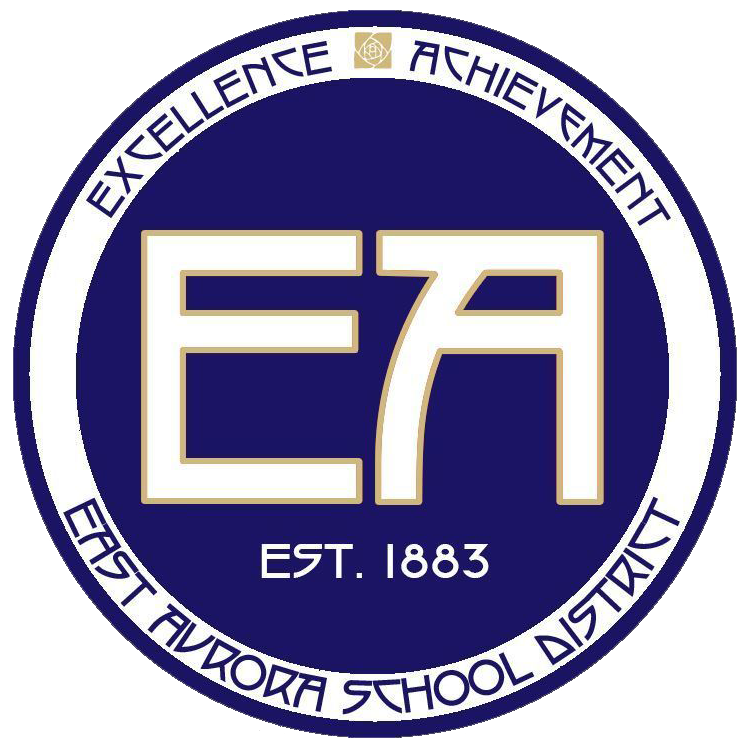Regional Collaboration - Stakeholder Input
by Mark Mambretti
Asst. Superintendent/Director of Personnel
Beginning this fall, public school districts in NYS are embarking on an exciting two-year structured conversation about how we can work together to provide the best opportunities for students in 2025 and beyond!
While some critics contend that this exercise is the first step towards a forced reorganization of public education in NYS, it is anything but! In fact, the only piece of this process 'mandated’ by NYS is that each district engage in a local, good-faith conversation with their neighboring districts about their strengths and needs. To be clear: Local control is the driver of these conversations! Fortunately, this State Education Department initiative is not driven by policymakers in Albany but rather from grassroots district-to-district conversations about how districts can share with each other, learn from each other, or advocate for solutions to common struggles together.
There are two foci to these regional conversations: the first is increasing opportunities for students. The second is increasing the cooperation between and efficiency of districts. Our regional conversation crosses BOCES boundaries and is being facilitated by the Superintendents of Erie I and Erie II BOCES as we collaborate with other school districts within our region to begin having these discussions.
The conversation centers on three domains:
The first is academic domain. This domain focuses on the courses offered in a district, mostly at the HS level, which allow students to access the multiple pathways to graduation in NYS and, in turn, set them up for success beyond graduation, whether that be college, the military, or the world of employment. However, looking holistically, it also includes all programming, pre-K through 8th grade, which leads up to these capstone courses.
The second is the social/cultural opportunities for students. This domain focuses on student engagement and attendance, especially in the artistic, athletic, and co-curricular offerings of a district. At the same time, it focuses on how safe, happy, and healthy students and staff are and what provisions the district has in place to support them and their families.
The third domain is the capacity of districts. This measures the operational bandwidth of the district by looking at factors such as technology, transportation, and facility infrastructure, as well as the finances of the district.
Most importantly, this conversation is meant to be communal. East Aurora residents know what they most value about and most want from their schools, and that is who we want to hear from!
To gather broad input, the district has posted a survey on its webpage that asks three questions on each of the three domains. First, what do East Aurora schools do exceptionally well that would be of benefit to other districts? Second, what areas of the district experience can be improved, and, as such, EA schools could look to learn from other districts? And third, what student experiences are not offered by the district (but may be provided by other districts) that we should explore and consider adding to the EA student experience.
We encourage ALL residents to take this survey by November 15. District officials will then compile the data into our regional report due on December 6 and post the survey results on the district website.
The survey can be found here: https://forms.gle/AMyy1z7hp1mihNao7 or on the main page of our website: www.eastauroraschools.org or by scanning the QR code below.
Learn more about the state initiative by visiting www.nysed.gov/regionalization


